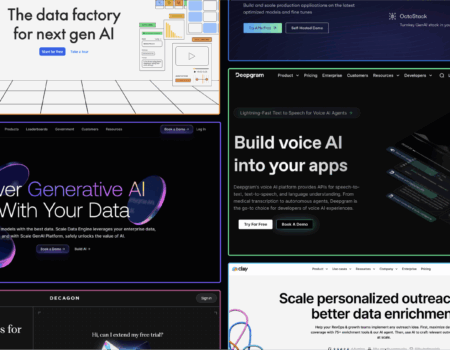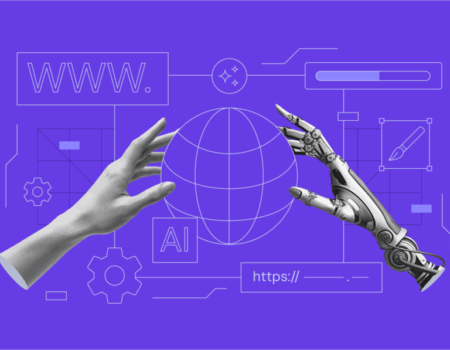In 2025, AI APIs have become indispensable tools for developers aiming to create smarter, more interactive, and personalized websites. These APIs offer powerful machine learning capabilities that can be integrated seamlessly into web projects, enabling features like natural language understanding, image recognition, chatbots, recommendation engines, and more. Here’s a list of 10 essential AI APIs every developer should consider when building next-generation websites.
1. OpenAI GPT-4 API
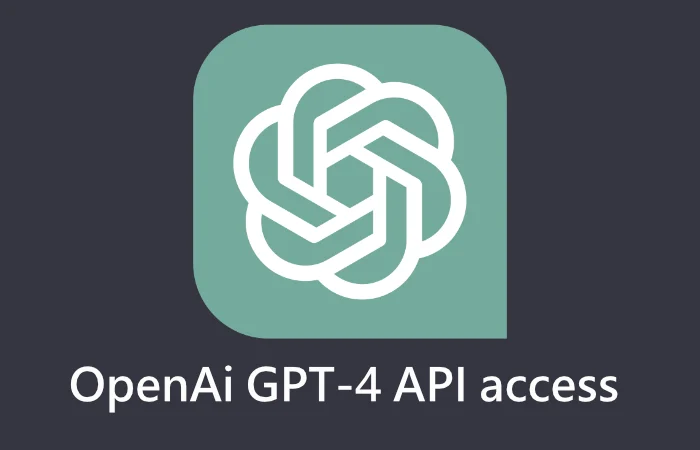
The GPT-4 API offers advanced natural language processing capabilities, allowing developers to add chatbots, content generation, language translation, and complex conversational interfaces.
- Use cases: Automated customer support, dynamic content creation, code assistance, and interactive storytelling.
2. Google Cloud Vision API

Google’s Vision API enables image analysis, including object detection, facial recognition, text extraction (OCR), and landmark identification.
- Use cases: Image moderation, accessibility improvements, auto-tagging photos, and enhancing user-generated content.
3. Microsoft Azure Cognitive Services
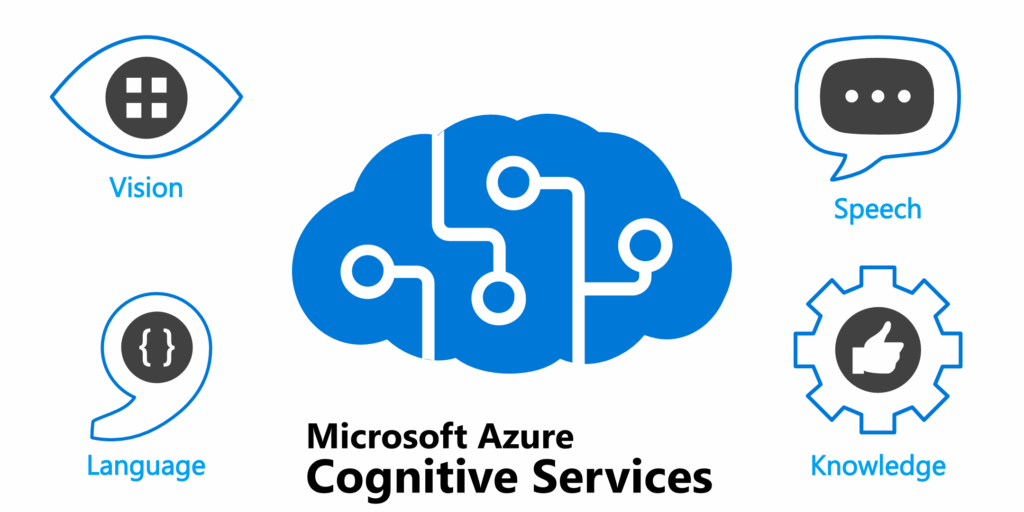
This suite includes APIs for vision, speech, language, and decision-making, providing tools to add speech-to-text, sentiment analysis, translation, and anomaly detection.
- Use cases: Voice-enabled interfaces, multilingual websites, sentiment-based content customization, and fraud detection.
4. IBM Watson Assistant
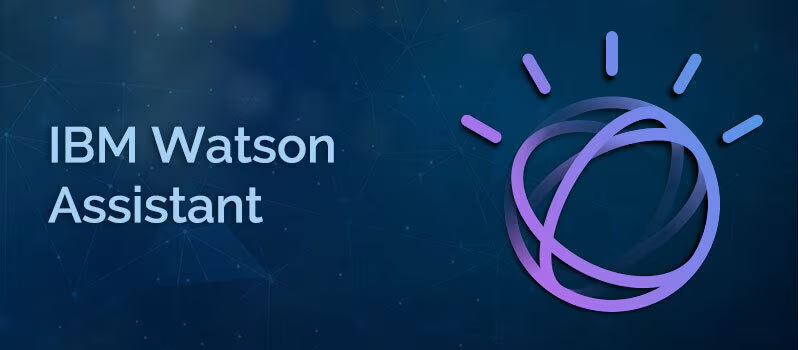
Watson Assistant provides AI-powered chatbot capabilities, understanding user intent and managing complex conversations with context awareness.
- Use cases: Customer service bots, lead qualification, and interactive FAQs.
5. Amazon Rekognition
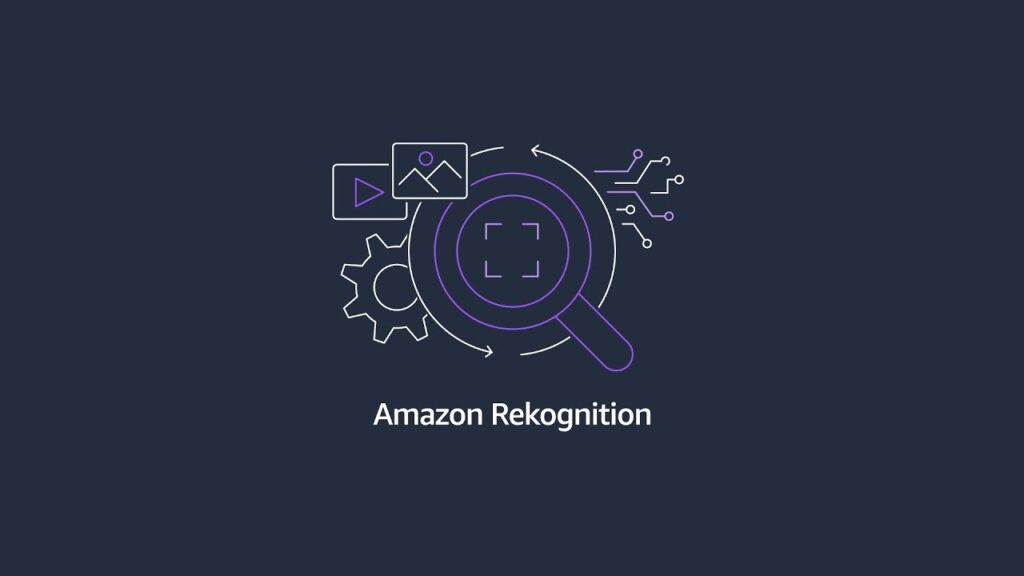
Amazon Rekognition offers image and video analysis, facial recognition, and content moderation features that can be integrated into websites.
- Use cases: Secure login with facial recognition, media content analysis, and user-generated content filtering.
6. Clarifai
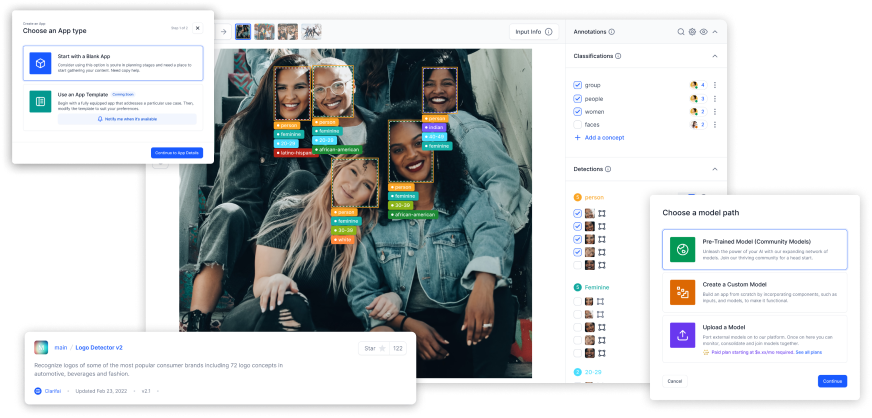
Clarifai specializes in visual recognition AI, supporting custom model training and diverse applications like detecting explicit content, brand logos, or specific objects.
- Use cases: E-commerce product tagging, brand monitoring, and content personalization.
7. Dialogflow (Google)

Dialogflow enables developers to build conversational user interfaces powered by natural language understanding, supporting voice and text interactions.
- Use cases: Virtual assistants, voice-controlled websites, and interactive customer engagement.
8. DeepAI Text Generation API
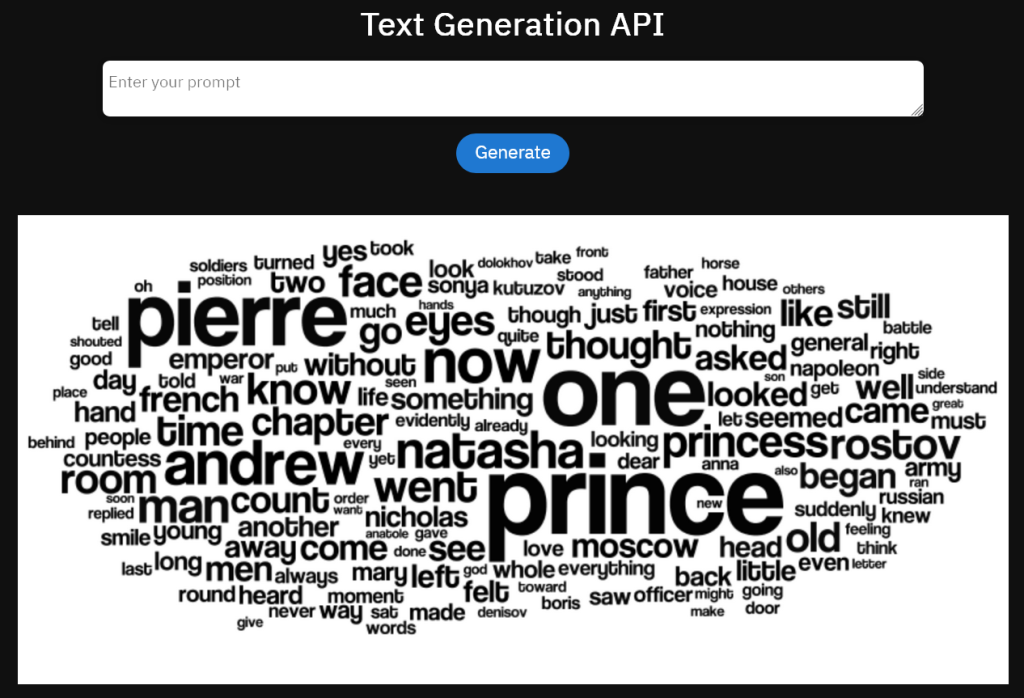
DeepAI offers text generation capabilities that help generate creative content, summaries, and automated responses with various customization options.
- Use cases: Blog post generation, automated email replies, and content ideation.
9. Algorithmia

Algorithmia provides a marketplace for numerous AI models, including those for image processing, NLP, and predictive analytics, accessible through simple API calls.
- Use cases: Image enhancement, sentiment analysis, predictive user behavior, and data enrichment.
10. Wit.ai

Owned by Facebook, Wit.ai offers natural language processing APIs for building voice-activated interfaces and chatbots that understand complex commands.
- Use cases: Voice-enabled controls, smart assistants, and conversational bots.
Why Integrate AI APIs?
- Enhanced User Experience: AI enables personalized content, smarter search, and intuitive interactions.
- Automation: Reduce manual content creation, moderation, and customer service tasks.
- Accessibility: AI-powered tools help make websites more accessible to diverse users.
- Data Insights: AI APIs provide deeper understanding of user behavior and preferences.
- Scalability: Easily add sophisticated features without building complex models from scratch.
Getting Started Tips
- Choose APIs that align with your project’s goals and technology stack.
- Combine multiple APIs for richer, multi-modal experiences (e.g., voice + vision).
- Test API response times and accuracy for your use case.
- Ensure compliance with privacy regulations when handling user data.
- Take advantage of free tiers or trial plans to experiment before scaling.
By leveraging these 10 AI APIs, developers can create websites that are not only functional but also intelligent, responsive, and user-centric—pushing the boundaries of what web experiences can offer in 2025 and beyond.




